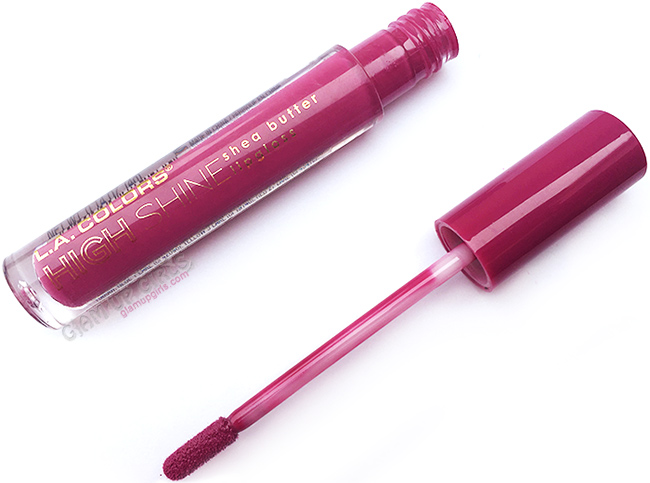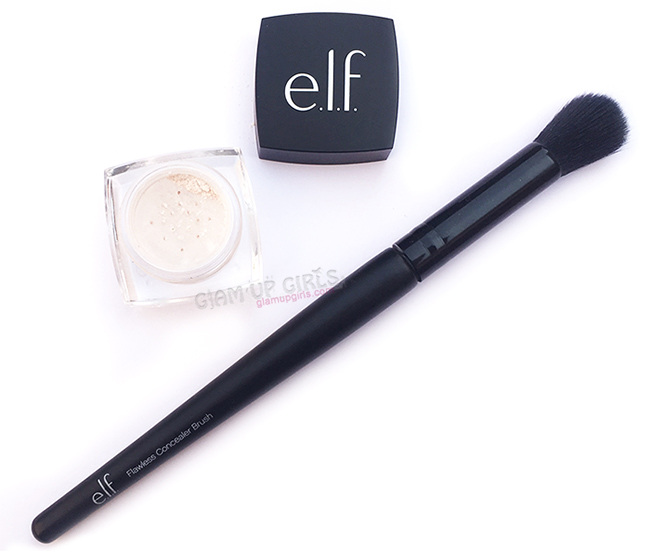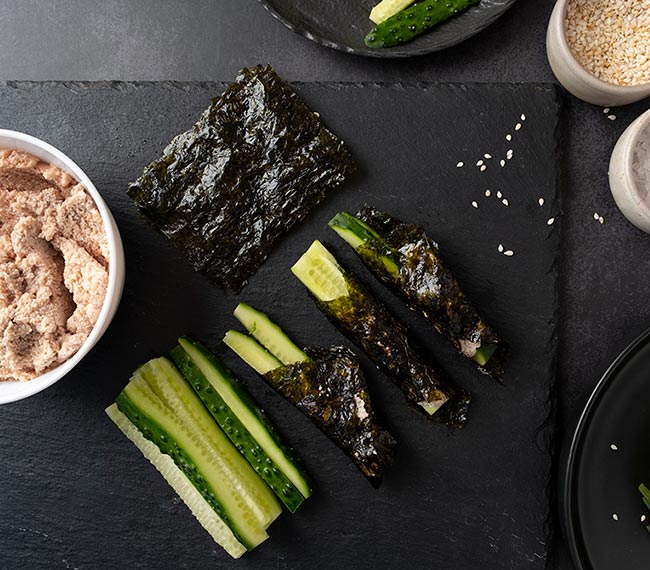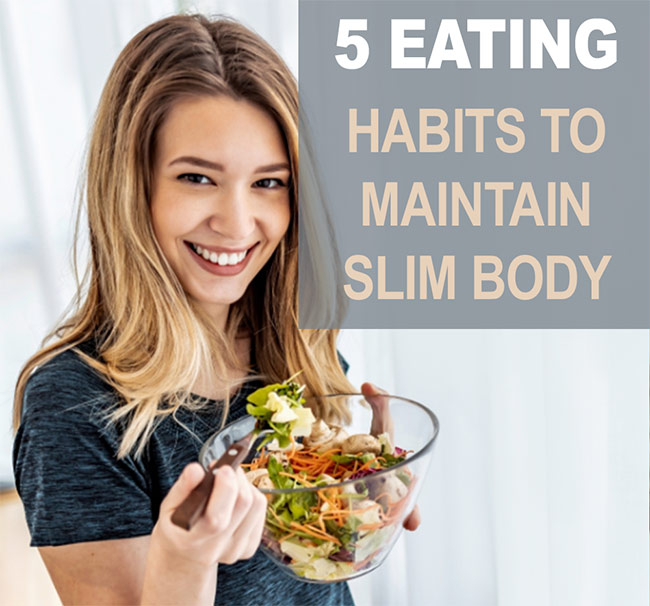Today, we'll share the science behind HIIT, its benefits, how to structure your workouts, and why it has become a game-changer for individuals seeking to optimize their fitness journeys.
The Science Behind HIIT
High-Intensity Interval Training involves alternating between short bursts of intense exercise and periods of active rest or low-intensity activity. This approach challenges both the aerobic and anaerobic energy systems, pushing your body to perform at its maximum capacity during each high-intensity interval. The result? A powerful cardiovascular workout that boosts endurance, burns calories, and accelerates metabolism, even after your session ends—an effect known as excess post-exercise oxygen consumption (EPOC).
The Benefits of HIIT
- Efficient Time Utilization: For busy professionals and individuals with tight schedules, HIIT offers an optimal solution. A typical HIIT session can range from just 15 to 30 minutes, making it easy to squeeze into a busy day.
- Calorie Torch: HIIT workouts can burn a significant amount of calories in a short period due to the elevated heart rate and intense effort levels.
- Metabolic Boost: The EPOC effect means your body continues to burn calories even after you've finished working out, making HIIT an effective tool for weight management.
- Cardiovascular Fitness: HIIT improves cardiovascular health by increasing your heart rate, strengthening your heart muscle, and enhancing circulation.
- Muscle Building: HIIT stimulates muscle growth due to its incorporation of bodyweight exercises and resistance training.
- Time-Efficient: With its quick yet intense nature, HIIT provides a time-efficient way to achieve substantial fitness gains without lengthy gym sessions.
- Variety: HIIT is highly versatile, allowing you to customize workouts by choosing different exercises, intervals, and formats.
Designing Your HIIT Workout:
- Warm-Up: Begin with a dynamic warm-up to increase blood flow and prepare your muscles for the upcoming intensity.
- Interval Structure: Alternate between high-intensity exercises (e.g., sprinting, burpees, jumping jacks) and periods of active recovery (e.g., walking, light jogging, low-intensity exercises).
- Work-to-Rest Ratio: A common work-to-rest ratio is 1:1 (e.g., 30 seconds of work followed by 30 seconds of rest). Adjust the ratio based on your fitness level and goals.
- Exercise Selection: Choose compound exercises that engage multiple muscle groups for maximum efficiency.
- Intensity: Push yourself to work at around 80-90% of your maximum effort during the high-intensity intervals.
- Progressive Overload: As you become fitter, increase the intensity by either performing more repetitions, increasing the interval duration, or decreasing the rest periods.
Safety Precautions
- Consult your healthcare professional before beginning any new exercise program, especially if you have pre-existing health conditions.
- Ensure proper form during exercises to prevent injury. Start with lower intensity and gradually progress as your fitness improves.
- Allow adequate rest and recovery between HIIT sessions. Aim for 2-3 sessions per week.
In a world where time is precious and health is paramount, High-Intensity Interval Training has emerged as a game-changer. Its ability to deliver maximum results in minimal time aligns perfectly with the fast-paced lives of busy professionals and fitness enthusiasts alike. Whether you're striving to boost your cardiovascular endurance, torch calories, or simply fit exercise into your demanding schedule, HIIT empowers you to unlock your fitness potential and redefine the way you approach workouts.




























